By Richard G. Higgins
Commander Mitsuo Fuchida, strike leader for Operation Hawaii and 20-year veteran of the Imperial Japanese Navy (Kaigun), strapped himself into the observer’s seat as his Nakajima B5N2 “Kate” torpedo bomber, piloted by Lieutenant Mitsuo Matsuzaki, and lifted off from the carrier Akagi on the black morning of December 7, 1941.
The top secret mission, he had been told, was to strike a crippling blow at the American Pacific Fleet at Pearl Harbor, Territory of Hawaii, with the aim of gaining concessions from the United States and ensuring that America would not go to war with Japan.
There was not even a ghost of a dawn at approximately 6 am, but Fuchida and Matsuzaki gained altitude and circled in wait for the launching of the rest of the attack force of the 1st Combined Air Fleet (Kido Butai). Down below in the darkness, all six of Japan’s fleet carriers—the Akagi, Kaga, Soryu, Hiryu, Shokaku, and Zuikaku—were grouped 200 miles north of Hawaii.
The attack force included Val dive bombers, Kate level bombers, and Kate torpedo aircraft—all escorted by feared Zero fighters. As Fuchida watched and waited for his strike force to assemble in the air, his thoughts no doubt centered on the details of the coming attack and its prospects for success, and probably did not extend back to the decades of misunderstandings and miscalculations that had led to this fateful moment. It is worthwhile, however, to consider them here.
The history was a long one, extending back to the Meiji Restoration of the emperor beginning in 1868; the victory over the Russians at Tsushima in 1905; and more recently the bitter struggle between his commander, Admiral Isoroku Yamamoto, and the Fleet Command Staff over the Pearl Harbor attack strategy.
Fuchida remembered the time he was present when the drunken Admiral Tamon Yamaguchi, a Princeton University graduate and commander of the 2nd Carrier Division, physically attacked Admiral Chuichi Nagumo, commander of the Kido Butai, for not including his division in the original plans for the attack force. Today would settle all arguments.
For more than 70 years, most people in the United States have regarded the December 7, 1941, attack on American military facilities at Pearl Harbor as a “sneak” attack, totally unprovoked and unwarranted—a completely incorrect view. A detailed analysis of the events that led up to the attack and America’s subsequent entry into World War II is important—even absolutely necessary—for understanding why the Japanese did what they did.
Mahan’s Decisive Battle Doctrine at Tsushima
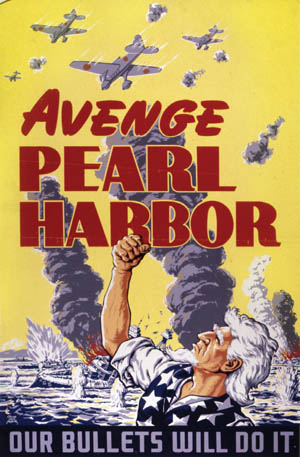
It began in 1905 with the crushing Japanese naval victory over the Russians at Tsushima that paved the way for the development of a rigid naval doctrine that survived until World War II. Other critical elements were added, with the U.S. naval expert Alfred Thayer Mahan ironically becoming the center of Imperial Japanese Navy (IJN) doctrine.
Mahan, a U.S. naval officer and Naval Academy professor, was arguably the most influential naval thinker prior to World War I. His approach to naval warfare, with its emphasis on decisive battle fueled a large portion of the naval arms race up to and after the Great War. He was accepted and followed in the U.S. and Europe, but nowhere was he so closely followed and respected as in Japan. Indeed, worshipped is not too far from the mark.
Mahan’s doctrine was a mixture of naval dominance of the seas coupled with commercial expansion. His elements of sea power included geographical position, physical conformation, extent of territory, population, national character, and character of government. These generalized characteristics were supported by a view of naval combat as offensive, concentrated, navy-to-navy as opposed to commerce raiding, and supported by production and colonies.
The naval aspect of the Russo-Japanese War was critical to IJN doctrinal development for two primary reasons. First, the Japanese defeat of a Western power was important in the eyes of Japan and the world as a harbinger of a new age.
Second, the almost “miraculous” win at Tsushima not only fulfilled Japanese cultural expectations of divine help but supported the Mahanian concept of a single, decisive battle (Kantai Kessen). Additionally, the famous British naval theoretician Julian Corbett inadvertently added to this fixation when he declared, “Tsushima was the most decisive and complete naval victory in history.” The Japanese cemented the battle and its “lessons” into a rigid doctrine, and Mahan and Corbett’s analyses provided the very tenuous foundation upon which rested the balance of Japanese naval thought for the next 40 years.
The doctrine was summarized by David C. Evans and Mark R. Peattie in their insightful Kaigun: Strategy, Tactics, and Technology in the Imperial Japanese Navy, 1887-1941: “The concept of the decisive fleet engagement determined by big guns; the validity of a strategy of attrition against a numerically superior enemy; the preference for quality over quantity in naval weaponry; and the importance of nighttime torpedo tactics.”
The marriage of doctrine and experience was fully developed by the victory at Tsushima. The Japanese Navy did not widely explore other approaches to naval strategy after this but only continued the development of doctrine based on these principles. Little of material value was gained from their World War I experience, and generally elements that did not fit the preconceived doctrine were discarded, including commerce raiding and submarine warfare.
Only the 1916 Battle of Jutland was examined in great detail as the “decisive battle” of the naval war between Imperial Germany and the British Royal Navy. The lessons drawn were therefore aligned with their preconceptions.
A subtle but important distortion of strategy and tactics was also introduced at this point, which once again boded ill for future practice of the doctrine. Evans and Peattie described it as, “Faith in the decisive battle became dogma in the Japanese navy. In this way the confusion of tactical doctrine (for fighting battles) with strategic planning (for winning wars) began with Tsushima and fatally limited Japanese naval strategy.”
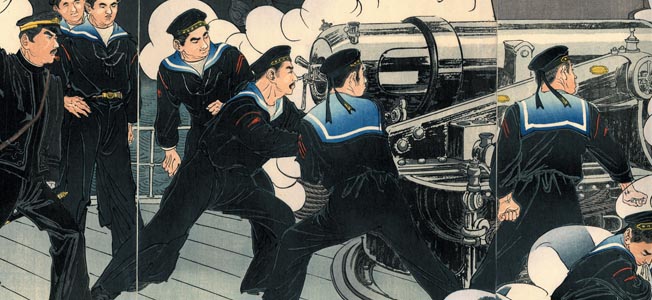
In addition, Mahan posited complete control of the seas and the importance of the “decisive battle.” The Japanese naval historian Sadao Asada in his From Mahan to Pearl Harbor summarized this view as “The aim of a naval engagement was the total annihilation of the enemy fleet in a decisive battle.” In her new world position, this was a clear message that the Japanese Navy unhesitatingly accepted.
Mahan himself saw the connection between his thinking and the victory at Tsushima and expressed pleasure that his strategic doctrines were vindicated by the battle. The primary lesson to be learned from Tsushima, Mahan wrote in 1906, was never to divide the battle fleet. The Russian navy had made the fatal mistake of dispersing its battleship strength and suffered the consequences. This lesson, however, was largely ignored by the IJN, even though spoken by their doctrinal mentor.
The London Naval Treaty of 1930
After World War I, Mahan’s theories were increasingly called into question, but both the U.S. and Japanese navies generally continued to follow his lead. In Britain, Corbett and his more balanced philosophy of sealane protection, critique of the decisive-battle theory, and his holding the strong position regarding naval support for the army, introduced a new conceptual model more inclusive of modern industrial capability.
Additionally, this period saw Mahan’s plan for war against Japan rejected by the U.S. Navy. His textbook was discontinued at Annapolis. He continued to influence both navies, but criticism pointed to flaws in his doctrine. The effective use of submarine warfare in World War I influenced the United States but conversely did not raise concerns among the Japanese about their extended supply lines.
Airpower was well recognized by both navies but with different applications. Clearly the world in which Mahan had fashioned his theory was dramatically changing.
However, in Japan the emphasis on Kantai Kessen was retained without question. In the 1920s, the political world intruded on the naval with worldwide interest in disarmament. This reinforced rather than diminished the IJN’s belief in “big guns and big ships.”
The world reacted with horror to the carnage of World War I. This reaction embraced not only ground warfare, but also encompassed the naval arms race that had led up to the war. Public opinion and military concerns regarding future opponents and fleet sizes brought the U.S., Britain, and Japan, along with other naval powers, to a series of conferences (Washington 1922, Geneva 1927, and London 1930) in hopes of avoiding another arms race and another war.
Unfortunately, while intentions were generally good, the results infuriated and insulted the Japanese and confirmed that their future adversary would be the United States Navy.
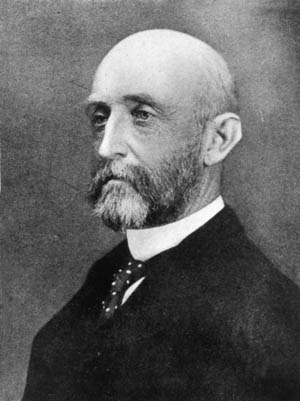
The first and arguably only successful conference in terms of any sustained agreement was held in Washington during 1921-1922. The treaty that resulted established ratios for the relationship between the three major powers in battleships and other categories. The treaty also restricted the U.S. ability to fortify its island possessions in the western Pacific. The Japanese entered the negotiations with the intent of agreeing to a 70 percent ratio to the U.S. and Great Britain in capital ships; they eventually agreed to a 60 percent ratio with the addition of a non-fortification provision.
The intent of the Japanese Navy was to ensure that Japan would not meet a superior U.S. force in the envisioned decisive battle while at the same time assuring Japanese supremacy in East Asian waters. While the ratio itself did not guarantee this, the inclusion of the non-fortification article helped to provide a balance.
This sounds like it was a great victory for Japan, and objectively there was some truth to that. However, because of the focus on “big guns, big ships” and “decisive battle,” it was viewed as anything but by a large contingent of Japanese naval officers—even though the navy minister, Kato Tomosaburo, was the chief delegate and supported the compromise. U.S. Admiral Samuel Eliot Morison noted, “If the naval limitation treaties of 1921 and 1930 were a crime against American defense, they were a tragic mistake in their effect on the internal struggle in Japan.”
The usually taciturn Kanji Kato, future navy chief of staff and adviser to Minister Tomosaburo at the 1930 conference, was vociferous in his condemnation of the Treaty. The treaties that were negotiated in the 1920s, along with provocative U.S. anti-Japanese immigration legislation, cemented in Japanese military minds the position of America as the future enemy.
This was not improved by the failure to reach any agreements at the Geneva Conference of 1927, and any smoldering Japanese animosity was reignited at the London Conference of 1930. At the London meeting, the Japanese insisted on a 70 percent ratio in capital ships, with particular focus on heavy cruisers. The heavy cruiser ratio had been established as unlimited at the Washington Conference, and the Japanese had adopted tactics to improve this class’s effectiveness in the battle line, so they were determined not to lose that advantage.
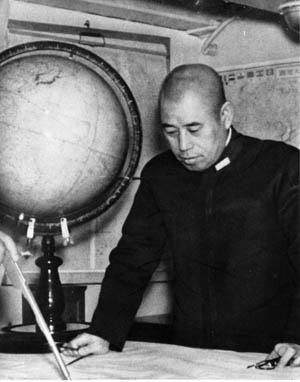
The Japanese felt that not only the respect they deserved but their complete doctrine depended on a 70 percent capital ship ratio. This was not agreed upon and the civilian government, and the Navy Ministry settled for 60 percent over the strident objections of Kanji Kato and Admiral Yamamoto, a member of the delegation.
Once again the U.S. felt that it had bent over backward to compromise, but this time there was no support at all in the Japanese Navy for this position. The treaty was set to expire in 1936, and even before that date the IJN was undermining its treaty obligations. The Japanese were incensed at what they saw as America’s attempts to thwart Japan’s interests in the Pacific.
The naval treaties, in the event, only strengthened the IJN’s view of the U.S. as their future enemy and protagonist in the Kantai Kessen, with capital ships as the primary weapon of choice. As such, these efforts at peace were a critical step toward war. This was confirmed by the beginning of construction in 1936 of the mammoth battleships Musashi and Yamato––powerful on paper but impotent in battle.
Additionally, to account for the perceived U.S. superiority in the capital ship ratio, Japanese tactics focused more and more on reducing the American fleet’s size before it arrived at the scene of the decisive battle by use of air and submarine forces, in a new plan known as Operation Attrition. Night tactics and torpedo attacks were greatly emphasized. Training became both more extensive and dangerous, seeking to produce the most highly qualified personnel possible to gain a qualitative advantage in the Kantai Kessen.
The Way of the Emperor
The IJN’s obsession with Mahan’s doctrine needed only several further elements to establish an almost perfect storm that led to the attack on Pearl Harbor and the unintended consequences of Japan’s defeat in World War II.
The first of these elements was the diminution of the individual. Throughout Japanese society this had major impacts. At the naval command level it tended to reinforce the Japanese focus on consensus. This in turn led to a form of “groupthink,” which prevented rational critique of plans and strategies.
Japanese Admiral Shigeru Fukodome described this process: “When we took our positions as individuals, we were all in favor of avoiding a Japanese-American war by all means, but each time we got together and conferred, things moved in the least desirable direction…. It was really very strange.”
A more ominous and influential new mode of conduct in the military was the ability of lower level officers to override—or even assassinate—their superiors. This was “justified” because the intimidator was acting “in the interest of the Emperor.”
Morison discussed the origin and import of the Way of the Emperor: “Essentially a lower middle class and junior officer movement, its basic motives were hatred of the rich who were getting richer, hatred of the white man and his industrial civilization, an ardent desire to restore military supremacy at home, and to make conquests abroad.” This was the rationale for assassination, attempted coups, and intimidation all through the 1930s.
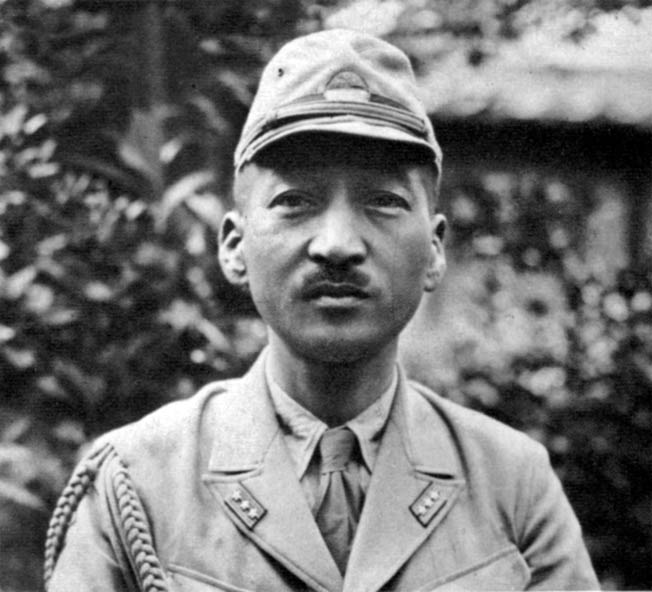
This was so prevalent in Japan that Yamamoto, instead of being named navy minister, which might have changed history dramatically, was given command of the Combined Fleet to remove him from the danger of assassination ashore. Japanese naval captain Tameichi Hara cited four of these assassination events, some of which involve multiple killings of government leaders as “fateful steps toward war.” These actions certainly inhibited debate on strategic questions and, since the hardline radicals were of the right wing, pushed policy in that direction.
The emphasis in all of these philosophies was on military service and combat. These highest duties to the emperor dwarfed all other concerns. This had especially negative consequences when the emphasis on combat and toughness was combined with preparation for the single, decisive battle. Logistics—without which a successful campaign cannot be fought—was ignored or made the responsibility of less capable officers while more aggressive staff or line officers, fixated on the dramatic strategies and tactics, focused almost singularly on the great encounter at sea.
Finally, the emphasis on extremely harsh discipline and the associated degradation of the quality of officer corps education stifled individuality and cost the IJN dearly. Historian Asada noted, “The unimaginative emphasis on cramming and rote memory ended any original thinking.”
Tactics Become Strategy
The recognition of U.S. industrial power should have been a red flag to Japanese war planners, but their fixation on the Kantai Kessen sent their strategic response in only one direction. A fast, short war was their only plan—and their only hope. Of course, all of this was exacerbated for the Japanese by their paltry oil supplies, which, in 1941, were adequate only for a two-year conflict.
This error was made greater by the Japanese flawed adoption of Mahan. The Japanese repeatedly ignored and violated his concepts of concentration and protection of lines of communication. Asada commented, “The Japanese navy’s adoption of Mahan’s ideas was highly selective and arbitrary. The Japanese navy was not only influenced by Mahan’s strategic doctrine, but also used his sea-power theory as a rationale for fleet expansion.”
The tactics became strategy, which was sold as budgetary necessity to the government which, in turn, led to a one-dimensional battleship response to what developed as a three-dimensional war—on the sea, in the air, and under the surface.
If one truly believes the logic of the ratios combined with gunnery doctrine, the U.S. was fated to win the “decisive battle.” To overcome this possibility, the Japanese drove some key improvements through the fleet. Their development of night combat, torpedo tactics, severe training of the highest qualified personnel, longer range guns, and eventually superior airpower were all examples of the required elements to overcome the U.S. capital ship superiority in the Kantai Kessen.
However, this very focus and commitment to the fast win and the militant characteristics discussed here led to further significant errors. The manpower pool—and especially the training regimen—were never deep or complete enough. The logistical ineptitude of both the Army and Navy was staggering. There was no comprehensive plan for a war of attrition that would result if no decisive battle were to take place.
The fixation on decisive battle led, inevitably, to preparation for a short, one-battle war—hardly a war at all, but more akin to preparing for a single, decisive stroke. This, in turn, led to a tremendously inflexible strategy that did not accept variants based on the enemy’s actions. It was a passive plan with only one possible result: inevitable defeat.
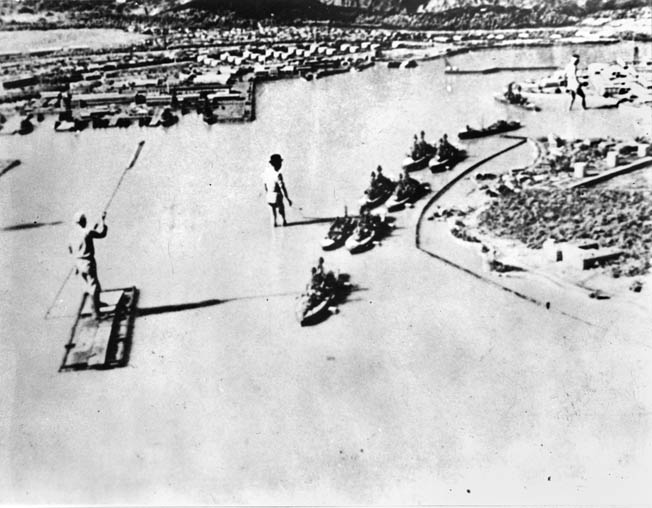
Yamamoto’s Plan to Strike Pearl Harbor
Astonishingly, these failures were compounded by Yamamoto forcing the navy staff to accept his plans that threw what existed as IJN strategy into disarray.
Yamamoto, who had studied at Harvard and served as a naval attaché in Washington, was faced with his own realistic view of U.S. industrial might and naval forces. He was also bounded in his thinking by belief in a Kantai Kessen that Japan could not win in light of the balance of forces. Thus Yamamoto fashioned a new tool and plan to even the odds in the decisive battle.
That tool was the establishment of the First Air Fleet or Kido Butai, comprising all of Japan’s major carriers. While revolutionary in concept, the air fleet was but an arm of the main battle fleet that would engage the U.S. fleet. With Japan’s two most advanced airmen, Captains Mitsuo Fuchida and Minoru Genda, leading the strike on Pearl Harbor (and other units attacking the Philippines and other Pacific bases), the unit was planned as a seagoing air force to destroy American power in the Pacific in what was expected to be the decisive battle. After such a humiliating defeat, the Japanese assumed the United States would have no other option than to sue for peace, leaving control of the entire Pacific and East Asia to Japan.
Yet, the more Yamamoto contemplated the outcome of the Kantai Kessen and Japan’s prospects the less willing he was to wait for the U.S. fleet to steam over the horizon; he would go to them. But he was of two minds. In October 1941, he mentioned in a letter to a friend, “My present situation is very strange. Because I have been assigned the mission, entirely against my private opinion, I am also expected to do my best. Alas, maybe this is my fate.”
Pearl Harbor was planned as a means of balancing the perceived American superiority in the coming battle and to provide time for Japan to consolidate its conquests in Southeast Asia. With this in mind, the Japanese strike force was sent to Hawaii “to destroy the U.S. Pacific Fleet ‘wherever it might be found.’” Despite his misgivings, Yamamoto also saw this as the best opportunity to destroy both U.S. military and civilian morale.
Yamamoto and the naval general staff, however, clashed violently over the plan and the number of carriers involved. To resolve the dispute, Yamamoto engaged in his own intimidation and threatened to resign. The plan was accepted but with a non-aviator and non-aggressive senior battleship admiral, Chuichi Nagumo, in command.
Fuchida’s air crews had rehearsed the attack in Japanese waters since April 1941, and new weapons, such as shallow-riding aerial torpedoes, had been specially devised to carry it out. While he felt confident about the ability of the torpedo planes, dive bombers, and fighters to accomplish their missions, he was less certain about the horizontal bombers. Each one carried a single 1,763-pound bomb specially designed to penetrate the decks of the capital ships, but which meant the chance of hitting anything from altitude was very slim. He had told the pilots and bombardiers that they might have to make several runs over their targets before getting the best possible sightings.
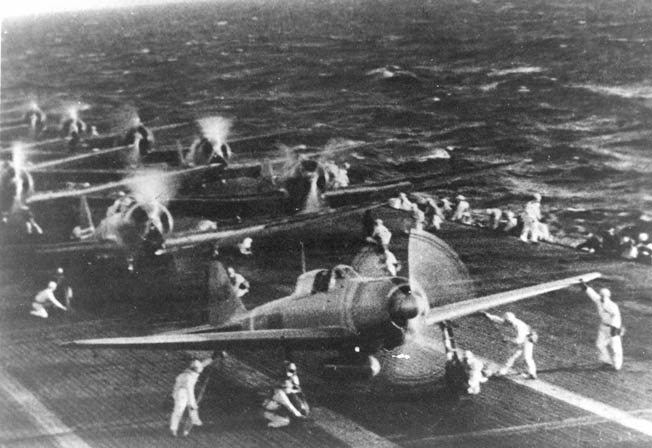
In the preraid briefings, Fuchida had also told his men to do everything possible to sink ships in or near the channel—Pearl’s only point of ingress and egress. If they could close this choke point, no ships could escape. They would be pounded unmercifully by the second and third waves.
The main targets, in Yamamoto’s words, were “four battleships”—enough, he believed, to even the odds in the decisive battle or cause the U.S. to avoid the battle with a negotiated settlement.
Of course, Yamamoto also hoped to catch the American aircraft carriers at anchor, but, unknown to him, the three carriers normally berthed there were all absent. Rear Admiral William F. “Bull” Halsey Jr.’s USS Enterprise was on its way back to Pearl Harbor from Wake Island where it had delivered fighter planes to the Marine Corps. At the same time, Rear Admiral John H. Newton’s USS Lexington was delivering 25 scout bombers to Midway atoll, while the USS Saratoga was in California for maintenance.
“Tora, Tora, Tora!”
And so, the fateful day had come. As dawn gradually lightened the eastern horizon, Fuchida was able to look behind him and see the powerful strike force streamed out until the farthest planes were nothing more than tiny black spots.
Fuchida had his pilot home in on the radio beam being broadcast from radio station KGMB in Honolulu; it would make navigation easier. All was going smoothly, perhaps too smoothly. Fuchida knew that to expect a surprise attack to come off without a hitch was expecting the impossible, although everything that needed to proceed like clockwork had been worked out in meticulous detail for months.
The 37-year-old Minoru Genda, as one of the main planners of the attack, had done a masterful job in organizing the strike force into a series of waves designed to do the most damage to the U.S. Fleet. In this aerial armada Fuchida knew that he had over 420 aircraft of varying types. The first wave of 180 planes consisted of torpedo planes, high-level bombers, dive bombers, and fighters. The second wave with slightly fewer planes, just now taking off, was composed mostly of dive bombers. A third wave, which would take off after the attack on the fleet was finished, would destroy Pearl Harbor’s fuel storage, submarine base, and dry dock and maintenance facilities.
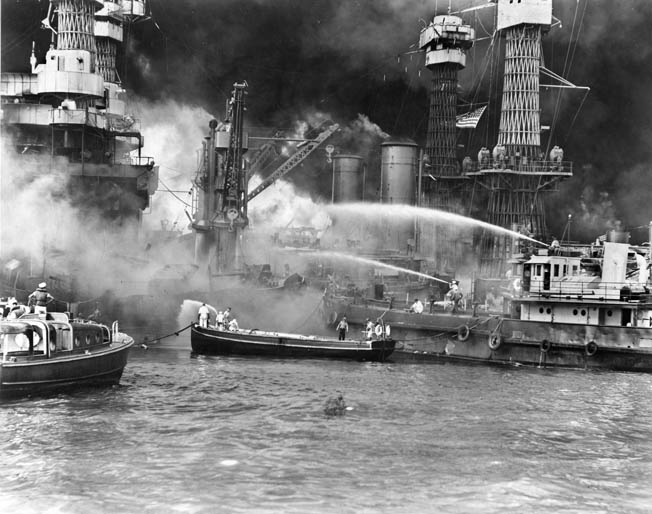
Additionally, Fuchida knew that five midget submarines had been launched and were scheduled to make their way into the shallow waters of Pearl Harbor during the aerial assault and cause further death and destruction.
What Fuchida did not know was that before dawn U.S. Navy vessels on patrol had spotted an unidentified submarine periscope near the entrance to Pearl Harbor. One of the midget subs was attacked and sunk by the destroyer USS Ward (DD-139). The report of the submarine sinking was handled routinely and, somehow, did not raise suspicions that a major attack was imminent.
More fortuitously for the Japanese, however, at 7 am an alert operator at the Opana U.S. Army Mobile Radar Station at Kauhuku Point on the northern shore of Oahu spotted the approaching first wave of the attack force, but the officer to whom the report was relayed dismissed it, believing that the planes were an approaching flight of American B-17 bombers scheduled to arrive that morning. Thus, not a single American aircraft was scrambled to intercept the incoming flight.
Closing in on the American anchorage at Pearl Harbor, Fuchida pushed back the canopy of his Kate bomber and calmly stood. The whipping airstream pulled at his hachimaki, watered his eyes, and made it difficult to count the small black specks trailing behind his aircraft. With the turquoise blue of the Pacific far below bordered by the shimmering beaches and green foliage of Oahu, Fuchida got his first glimpse of Pearl Harbor through the broken clouds, wondering—had they attained surprise? In Fuchida’s mind, the future of Japan depended on the answer, as would his next command as strike leader.
He had just enough visibility to ascertain that there was no apparent enemy reaction. He grasped his flare pistol and fired a single flare indicating to his force that surprise had been achieved. The horizontal bombers were supposed to continue on at an altitude of 3,000 meters, the dive bombers would ascend to 4,000 meters before pouncing, and the torpedo bombers would descend as low as possible.
However, Lieutenant Masaharu Suganami’s fighters did not respond to his first flare, so Fuchida mistakenly fired a second—which was supposed to indicate that surprise was lost. Some of his units saw one flare while others saw both. Confusion reigned. Instead of the attack formation for surprise with the torpedo planes in the lead, both dive bombers and torpedo planes leaped into action. With strict radio silence imposed, Fuchida was unable to correct the error. But, as events turned out, it did not matter.
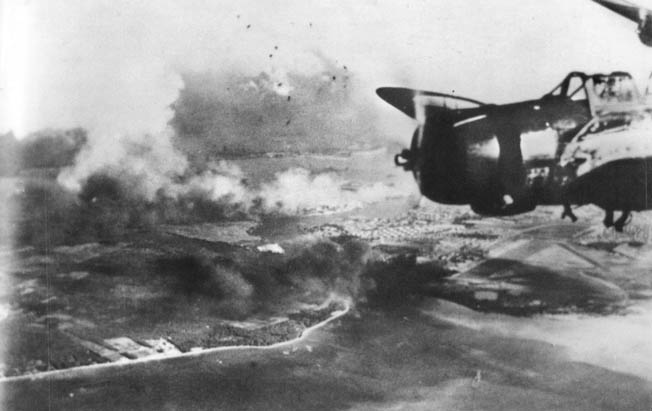
Fuchida looked down and started counting. All concern about the confused attack formation was submerged in his joy as he counted eight big, gray battleships at anchor. Surely they could bag four! He still saw no sign that the enemy had detected him and his force.
At 7:49 am, he directed the message “To-To-To” be sent to the attack squadron: “Charge!” Following this transmission, Fuchida had the message “Tora, Tora, Tora!” (Tiger, tiger, tiger!)––sent to Akagi for relay to naval and government offices in Japan and the Pacific, a signal that indicated that surprise had been achieved.
The Raid on Pearl Harbor
From his perch high above the harbor, Fuchida observed the attack unfolding below. Takahashi’s dive bombers went swooping down, plastering American planes on the ground at Ford Island and Hickam Field. Lieutenant Shigeharu Murata’s 40 torpedo planes, converging on the harbor from several directions at once, were skimming the placid waters, sliding their long, slim missiles into the hulls of the helpless, stationary ships. A smaller group—16 torpedo planes under Lieutenant Tsuyoshi Nagai—was striking other vessels moored around Ford Island. The Zero fighters were strafing the buildings at Schofield Barracks, home of the 24th and 25th Infantry Divisions. Black, fiery explosions could be seen boiling up from hits on the ships and the shore installations. Also coming up were the first bright streaks of antiaircraft fire; American gunners were now fully alert and were fighting back.
Bombs, bullets, and torpedoes were falling onto and in between the tightly packed American warships. Violent explosions were tearing steel vessels apart like they were made of cardboard, throwing men overboard or vaporizing them where they stood. The once blue waters of Pearl Harbor were now black with spreading oil, orange with fire, or red with blood, and the clear skies were now smudged with plumes of ugly black smoke.
The battleship Oklahoma, moored outboard of Maryland at Berth F-5, was pierced by torpedoes and she began listing––a list that would not stop until she had totally capsized. At about the same moment, another torpedo struck West Virginia and turned her into a flaming wreck. Moments later, an aerial torpedo flashed beneath the repair ship Vestal, moored outboard of Arizona, and blew a huge hole in the battleship’s hull. Not long thereafter, an aerial bomb hit the Arizona and touched off a massive explosion in her forward magazine that killed more than 1,100 of her sailors.
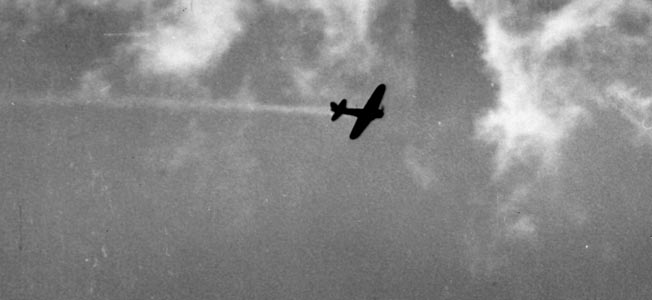
The battleships California, Tennessee, and Pennsylvania, the latter in dry dock, were also taking their share of punishment. The Nevada was able to get up steam and began moving toward the channel––the only escape route out of the harbor. Like hawks spotting a running rabbit, the Japanese planes seemed to halt what they were doing and concentrate all their firepower on her, hoping to sink her and put a large steel cork in the neck of the channel. At the last minute, though, Nevada’s skipper, Captain F.W. Scanland, beached her, half sunk, just short of the channel.
Still hovering above the writhing, flaming cauldron that was once America’s mighty anchorage, Fuchida felt his plane suddenly shudder. “Is everything all right?” he asked his pilot.
“Just a few holes in the fuselage,” Matsuzaki replied calmly.
Satisfied with the answer and with the visible results of the first wave, Fuchida issued orders to bring on the second wave attack by another 167 aircraft, commanded by Lt. Cmdr. Shigekazu Shimazaki. There were 54 horizontal bombers divided into two groups flying at 11,500 feet. Shimazaki’s Fifth Group from Zuikaku had the mission of putting Hickam Field out of commission, while Lieutenant Tatsuo Ichihara’s Seventh Group from Shokaku would bomb Kaneohe Naval Air Station and Ford Island.
Accompanying them were Lt. Cmdr. Takashigi Egusa’s 78 dive bombers divided into four groups; their job was to finish off any warships that appeared to be unscathed or only slightly damaged. The final component of the second wave was Lieutenant Saburo Shindo’s 35 Zero fighters, whose role was to battle any American planes that tried to attack the formations and to strafe installations on the ground at Kaneohe and Wheeler Field.
By this time—approximately 9 am—antiaircraft gunners still at their posts on the burning, listing ships were demonstrating improved marksmanship and a number of Japanese planes—six fighters and 14 dive bombers—were being shot out of the sky. A handful of American aircraft managed to get airborne and tangle with the enemy planes, but they, too, were in danger of being downed by the antiaircraft gunners.
By about 9:30 am, the second wave had done its work and was heading back to its carriers. Fuchida, whose plane resembled Swiss cheese by now, was low and fuel and turned to rendezvous with Akagi, expecting to see the third wave on its way to Pearl Harbor. The fact that he did not see it puzzled him.
But in his wake was left awful devastation: eight battleships, three light cruisers, three destroyers, and four auxiliary craft damaged or destroyed. U.S. naval aviation also lost 13 fighters, 21 scout bombers, 46 patrol bombers, and seven other warplanes––not counting several American planes shot down by American gunners. It was the U.S. Navy’s worst lost ever.
The Army’s air component also lost 77 planes, with another 128 damaged. Even more tragic, 2,403 American service personnel had been killed, and 1,178 wounded. Sixty-eight civilian were dead, many in nearby Honolulu, killed by falling munitions.
Nagumo’s Cautious Mistake
Returning to the Akagi about noon, Fuchida reported at least four battleships sunk. Mission accomplished—at a cost of only 29 planes.
A grateful Admiral Nagumo told him, “Well done, Commander.” But Fuchida, and Genda, too, were incredulous that their chief had not ordered the third wave to take off. When pressed, Nagumo said that it was best to leave well enough alone, that the American fleet had been crippled and, because the whereabouts of the American carriers could not be determined, the fleet would have to turn back immediately for Japan lest it be discovered and destroyed.
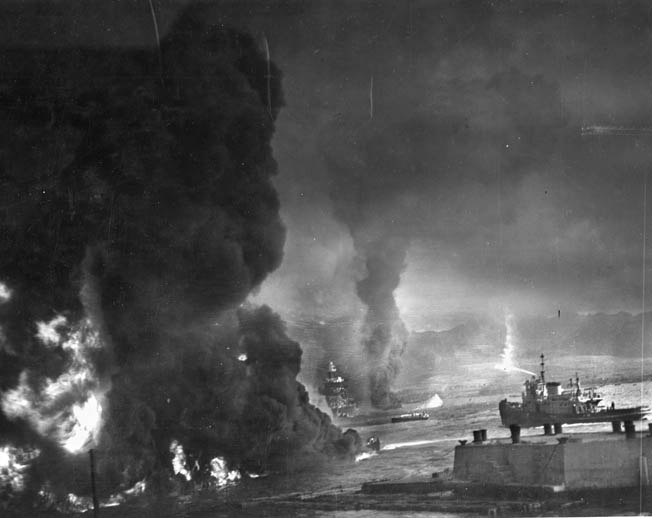
Nagumo, an overly prudent worry wart also feared that his task force was within range of Hawaii-based bombers and, even though he did not know how many, if any, American planes had survived with which a counterstrike could be carried out, he could not take the chance. He could not afford to push his luck; he had to get back to Japan as soon as possible.
Once he received reports of the attack, Admiral Yamamoto initially supported Nagumo’s prudent decision to withdraw after the second strike but then later realized that it had been a grave error to not knock out the fuel depots, dockyards, and maintenance facilities.
Nine days after Pearl Harbor, Admiral Matome Ugaki, who would become Yamamoto’s chief of staff during World War II, confided in his personal war diary: “By the help of Providence, we have at last obtained such brilliant results! Nothing can be more praiseworthy. With the entry of the huge Yamato, the ratio of 5-5-3 (set at the Washington Naval Conference of 1921-22) turned out to be reversed. Instead of by treaty, we retaliated against the enemy with real power. This ought to teach them a lesson. Our 20 years of hard pains have now borne fruit. Here I express my hearty thanks to our great seniors who strove so hard.” Ugaki was a bit premature in patting the IJN on the back.
The U.S. carrier fleet, which was at sea, escaped destruction and became the center of future IJN attention. It is notable that all but three of the battleships (Arizona, Oklahoma, and obsolete Utah) were repaired and returned to duty during the war. The Japanese had not considered that the shallow harbor also allowed for salvage.
Consequences of the Attack on Pearl Harbor
There were a number of consequences of Japan’s “success” of Operation Hawaii. First was victory disease. The Japanese military and civilians were consumed by their spectacular victory—at least for a while—and a sense that they were invincible. Combined with Japanese belief in divine support this became a major impediment to rational war planning.
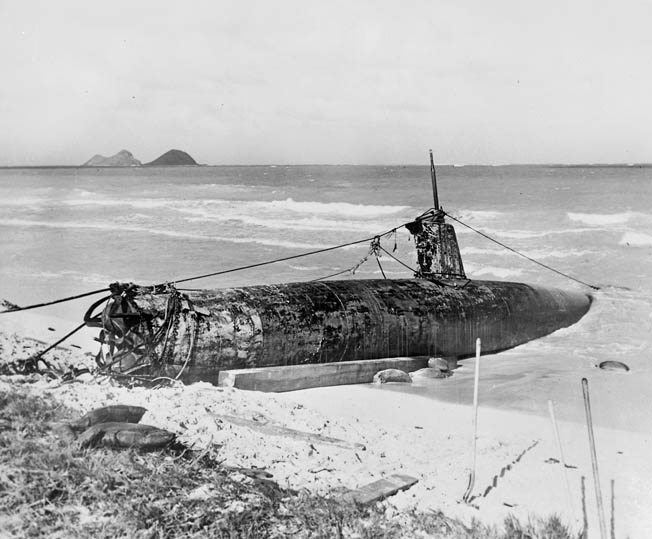
Indeed, in their minds all of their pre-war doctrine was vindicated. This led Yamamoto to another attempt at a decisive battle to rid the seas of the U.S. carriers. The resulting Battle of Midway—an American victory—effectively ended any chance of Japanese success in the Pacific naval war.
Second was the rapid modernization of the U.S. Fleet. Once war was declared, there were virtually no limits on the funds spent by the United States to rebuild a more modern fleet from scratch and from the remnants of the Pacific Fleet. This fleet building effort dwarfed Japan’s efforts during the war by a factor of eight in carriers (including escorts), battleships, and cruisers. Also, by sinking and damaging the battlewagons in a shallow harbor rather than at sea in the Kantai Kessen, America was handed an ideal repair and refloat scenario.
The third consequence was a shift in the U.S. Navy’s reliance on airpower and submarine warfare. The Navy was almost instantaneously transformed into a modern air and underwater sea force. There was no debate, only the reality of the situation.
Finally, Pearl Harbor rudely awoke the sleeping giant, in Yamamoto’s words, from his isolationist slumber, converted him into an awakened avenger burning with a righteous anger, and propelled him into a position of world leadership. A massive visceral reaction by the U.S. citizenry and military to the Pearl Harbor attack fueled war plans, military preparation, mobilization, and industry forward faster than any other measure could have achieved. Although morale was initially dealt a serious blow, it was only temporary and ensured that revenge was at the top of the list for the American war effort.
Ironically, the level of rage also prevented any attempt at a peace settlement at this time, which might have favored Japan. It became a fight to the death with no possibility of U.S. negotiation with the Empire. It was unconditional surrender or nothing. Yamamoto’s lack of foresight regarding this result may have been his greatest strategic failure.
Of course, the Japanese were more or less allowed the freedom of the Pacific for the next six months—until the Battle of the Coral Sea in May 1942. This, also, fed a number of the incorrect conclusions derived from Pearl Harbor.
However, Yamamoto was ultimately disappointed with Nagumo and the attack. He recognized the significance of the missing carriers. He saw the additional mistakes in the failure to attack the fuel tanks and infrastructure. He compounded this error with his next plan to eradicate the American carriers and perhaps a return strike on Hawaii. Ominously for the IJN at Midway, they did not question why the U.S. was even present at the Coral Sea or consider that their secret diplomatic and naval codes had been compromised.
Kantai Kessen: Japan’s Greatest Mistake at Pearl Harbor
Seventy-plus years after the events of December 7, 1941, it is easy to be harsh in a judgment of Yamamoto. Before concluding, we must comment on his central role in the late acts of the Kaigun drama. He was one of the strongest advocates of avoiding war with the United Stares. Once he lost that battle, he desperately searched for a solution to the problem as he saw it. The problem was defined in terms of the Kantai Kessen, as were his solutions. However, the problem definition was flawed, and the results of his plan were disastrous for both the navy and his country.
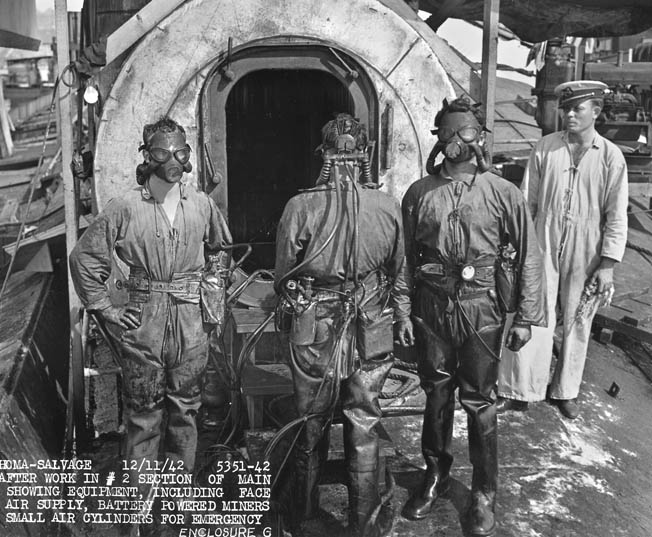
In the end, all of this extended from the mistaken belief in an outmoded and incorrect view of naval strategy and modern total warfare. The Japanese sought to fight a limited war that would be settled at the negotiating table. The United States was aroused to a passion for vengeance that exceeded all Japanese expectations.
Japan was industrially and economically ill prepared for a war of attrition lasting a number of years. The United States, on the other hand, used the time bought by the victory at Midway and the protracted fight for the Solomon Islands to harness an industrial base capable of fighting two wars at once—also serving as a major supply source for Britain and the Soviet Union. No single naval battle could diminish that capability.
In fact, the U.S. Navy of 1945 had grown 8.5 times larger than that of December 1941. The building of the world’s largest fleet was accomplished while at the same time building the world’s largest supply of military aircraft. How many decisive battles would have been required to win such a war?
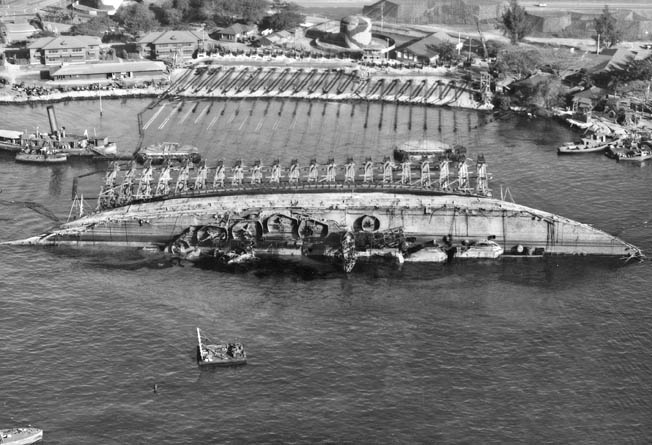
In addition to the blind devotion to Mahan, when, after the British attack on the Italian fleet at Taranto and the attack on Pearl Harbor the power of aviation was fully evident, the Japanese ignored two of his most important other tenets. Not only at Midway but also in the Solomons, the Marianas, and even at the Philippine Sea they refused to concentrate their forces, holding them back while waiting for the “real” Kantai Kessen—or sending units piecemeal to achieve poor tactical objectives.
Japan’s well-developed night-fighting and torpedo tactics won a number of engagements but never a substantial victory that challenged eventual U.S. supremacy. Also, their refusal to convoy until later in the war or recognize the significance of their extended lines of communication permitted the U.S. submarine force to wreak havoc on their needed oil, war materiel, and vital other resources secured from their newly conquered territories.
The concept of Kantai Kessen had an almost mystical appeal for the Japanese naval leaders that lasted until 1944. It conjured up images of heroic warriors, of the Emperor’s blessing, the “all together” feeling embodied in national unity. It connected to risking everything on one roll of the dice where their superior quality vanquished Western quantity, recalling the glorious victory at Tsushima.
While the theory was developed by a Western strategist, it could almost have been lifted from Japanese history and philosophy. This strategy was responsible for the virtual mothballing of their super battleships built at great sacrifice to the fleet, and indeed the Japanese economy, to save them for the elusive Kantai Kessen. When that battle never happened, they were sent to wasted deaths in battles determined primarily by airpower.
This mistaken support for what was by then a failed doctrine, especially in light of Pearl Harbor, was the naval leadership’s greatest failure. Its inability to cut its ties with the past and to openly and cooperatively arrive at the best strategy, as the Americans did, ultimately resulted in the almost total annihilation of the Imperial Japanese Navy.
We will give the final word regarding Pearl Harbor to the noted naval historian Admiral Samuel Morison: “And from a strategic point of view, the thing was idiotic.”
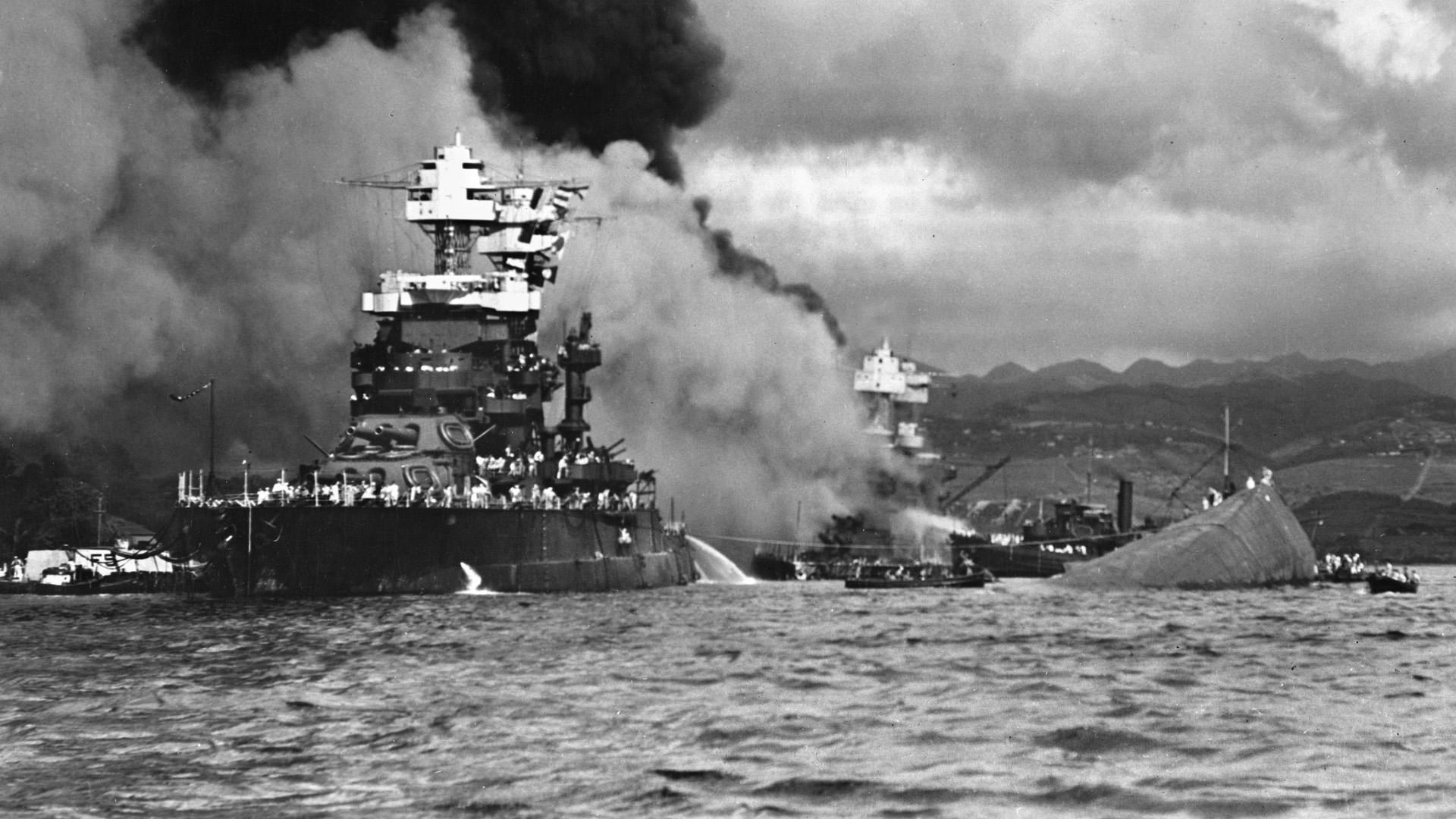

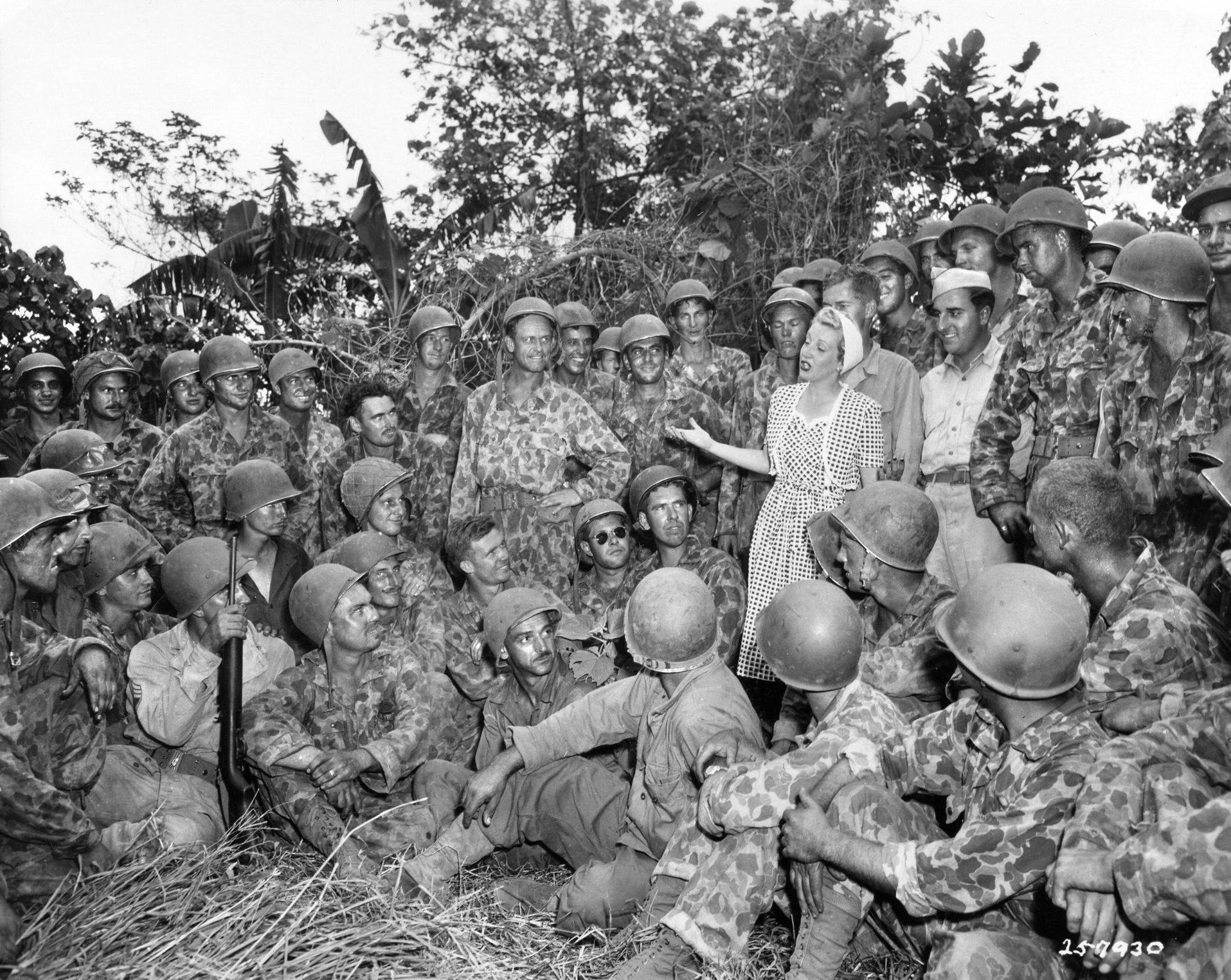
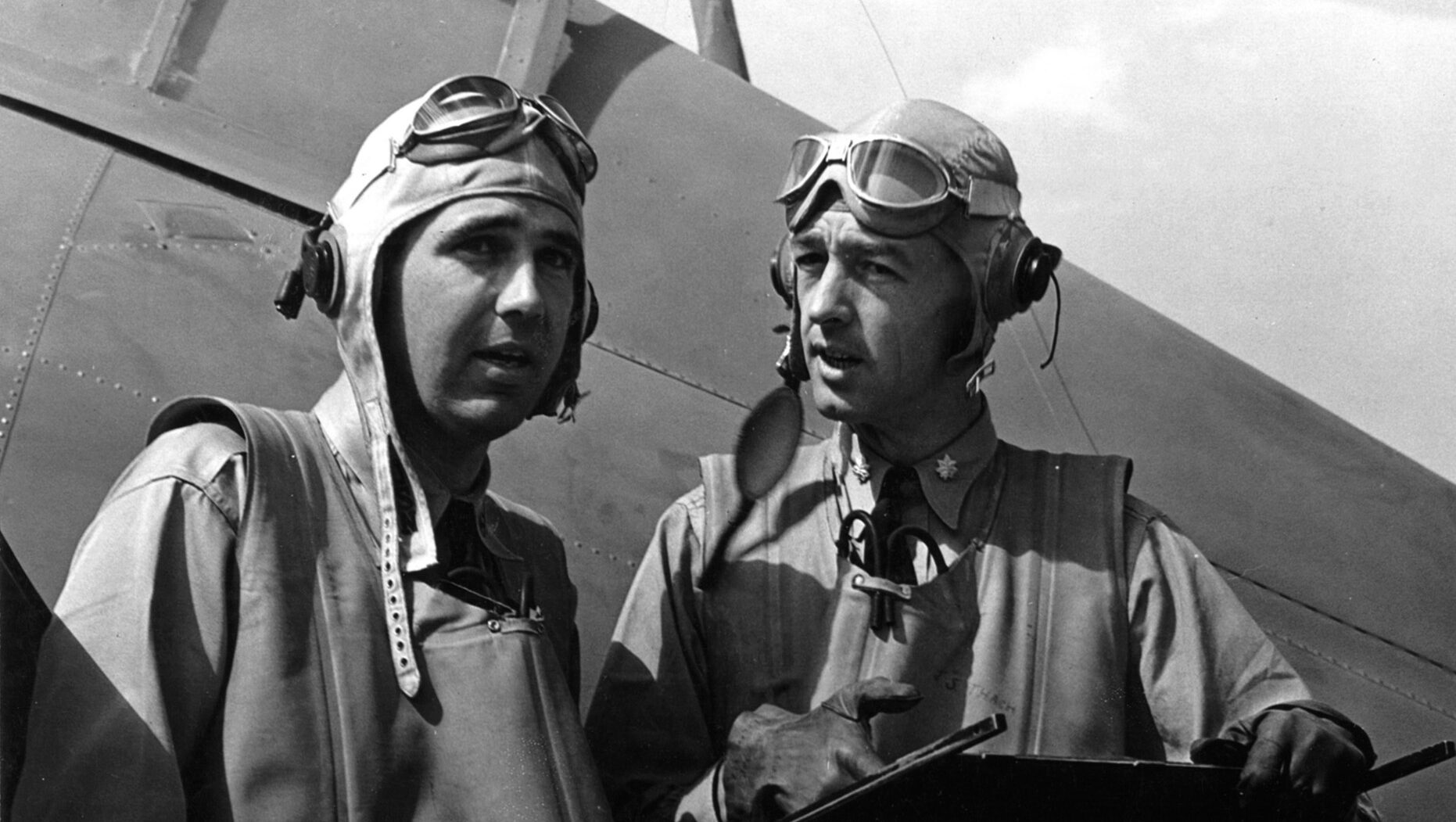
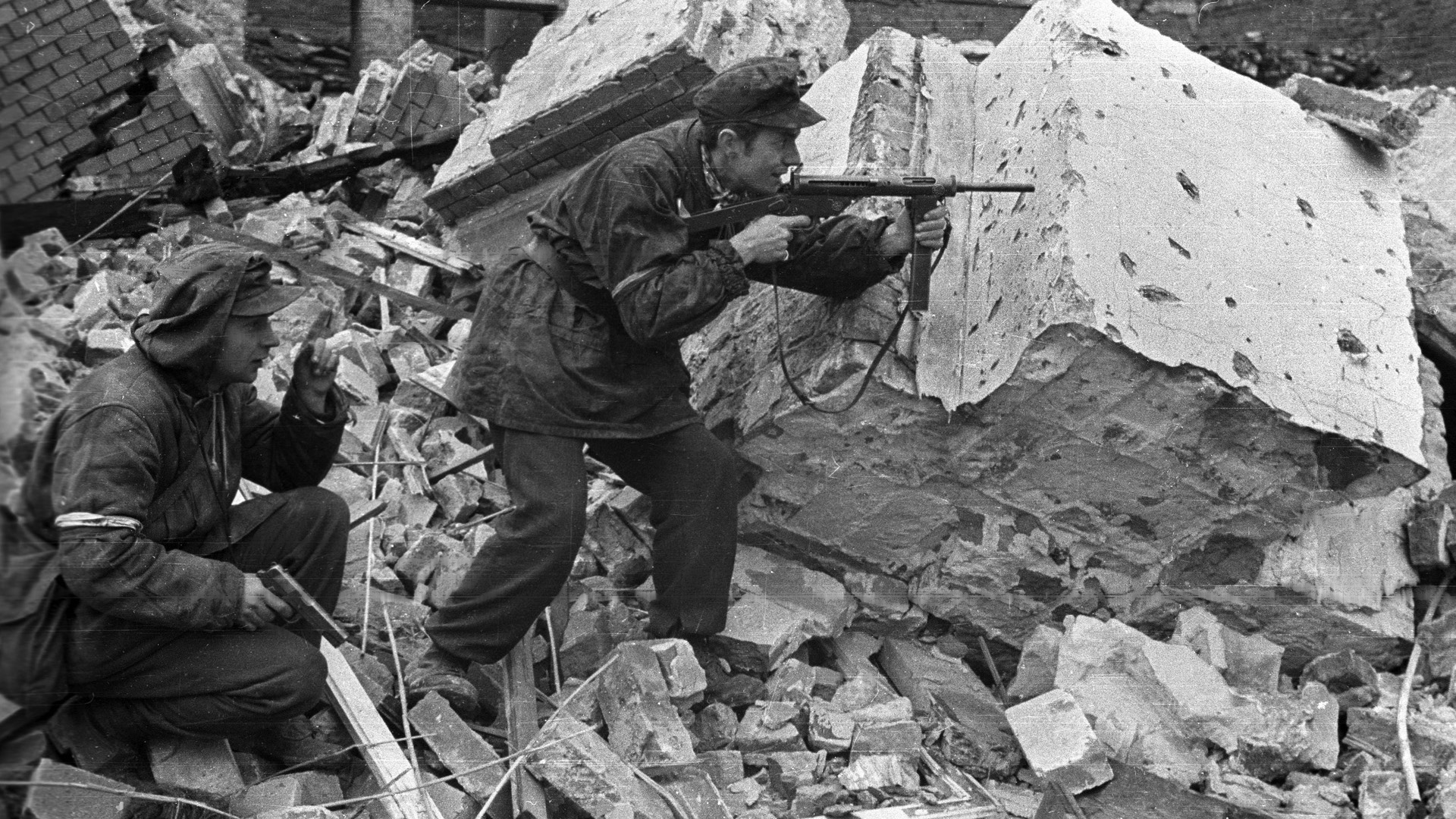
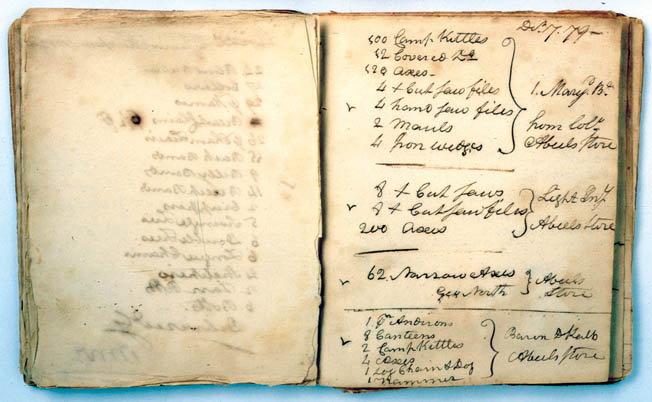
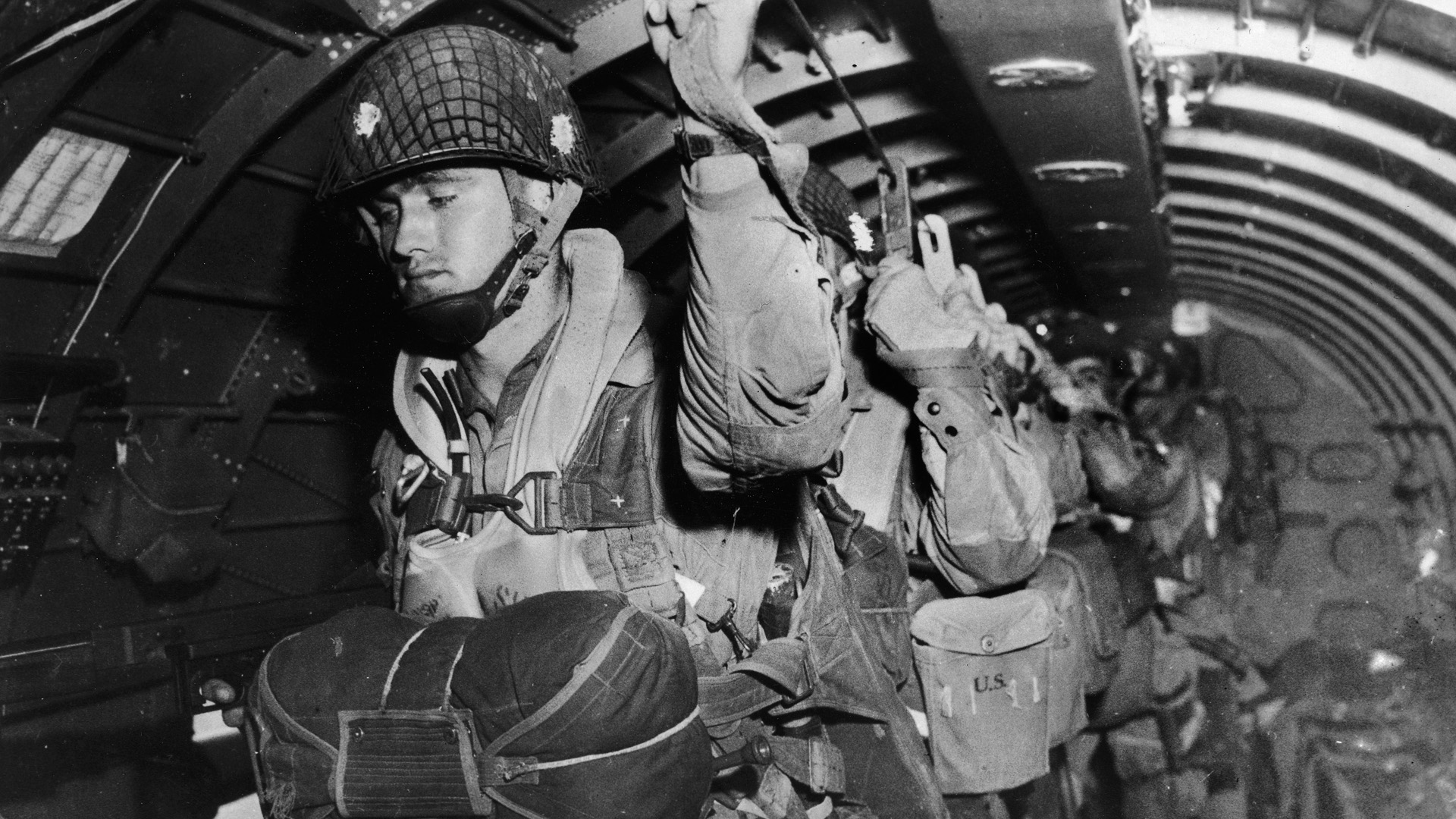
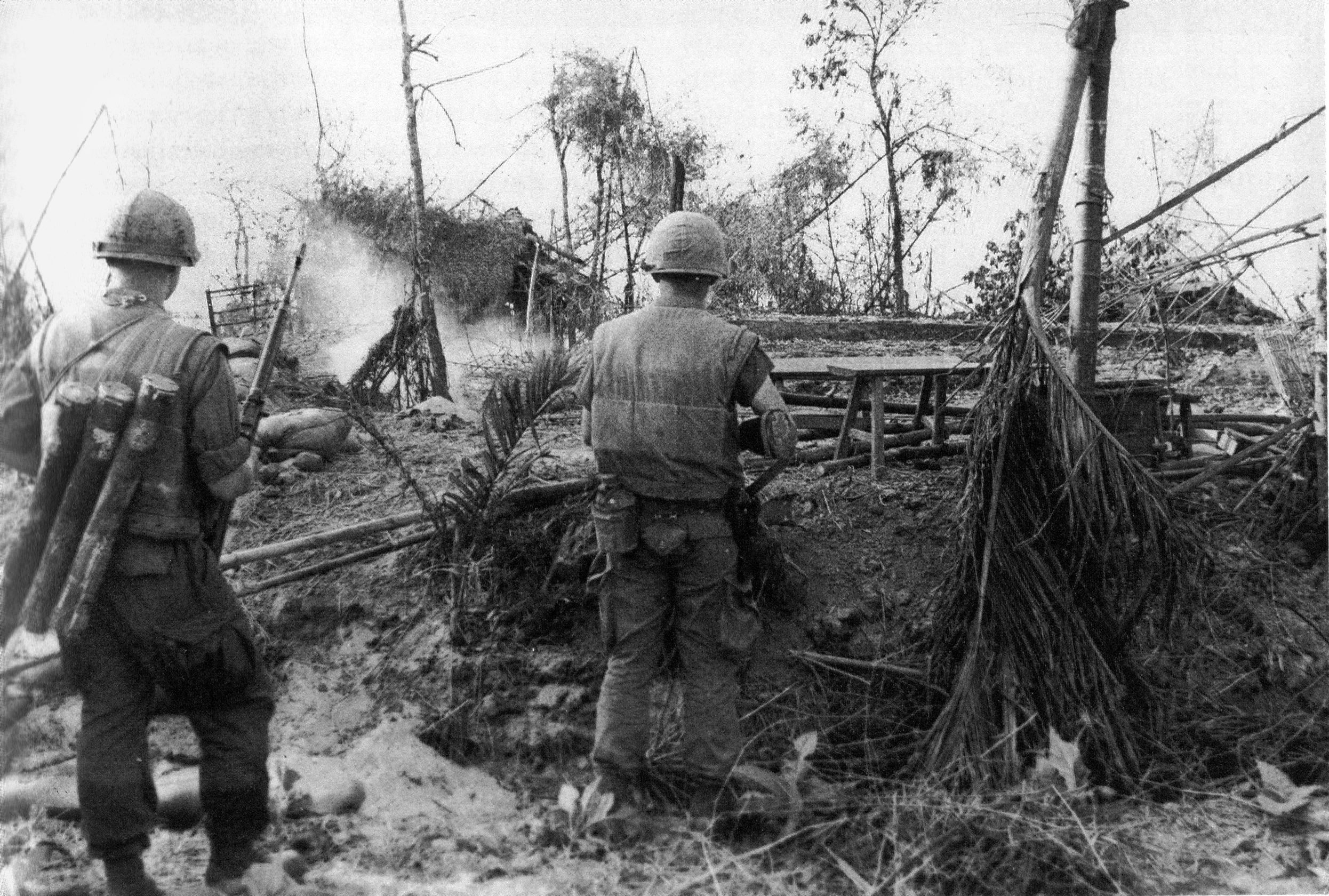

“And from a strategic point of view, the thing was idiotic.”
Kind of a good summation of the Axis. It was crazy to think Germany & Japan (plus Italy, FWIW) could defeat the US, the British Empire, and the USSR — all at the same time.
Victor Davis Hanson makes this point in “The Second World Wars”.
There appears to have been the thinking of the Japanese high command that Pearl Harbor would be a re-run of Adm. Togo at Tsushima over the Russians. Appears they forgot about American comebacks from New York in 1777, Alamo in 1836, Little Big Horn 1876, etc.